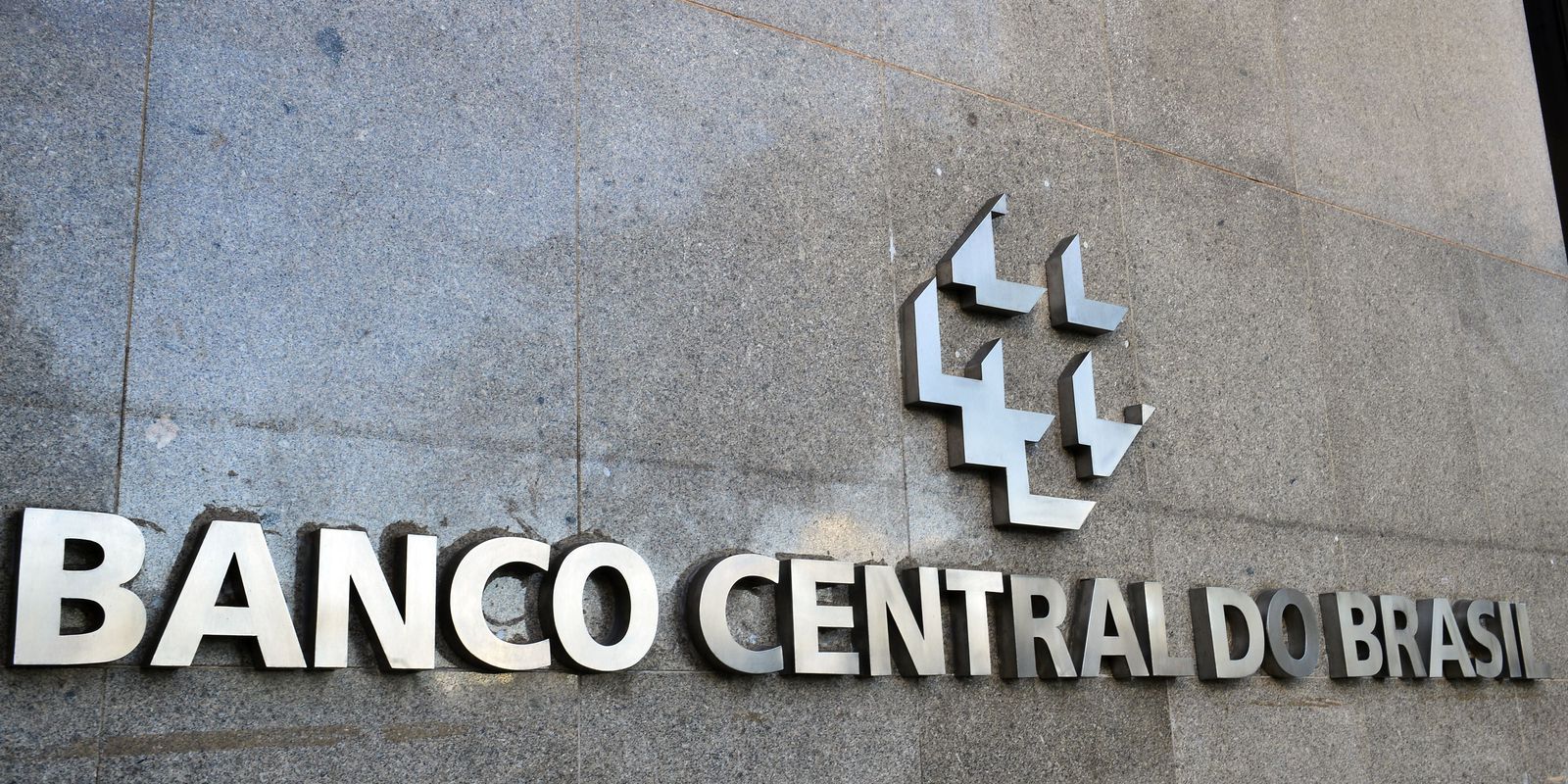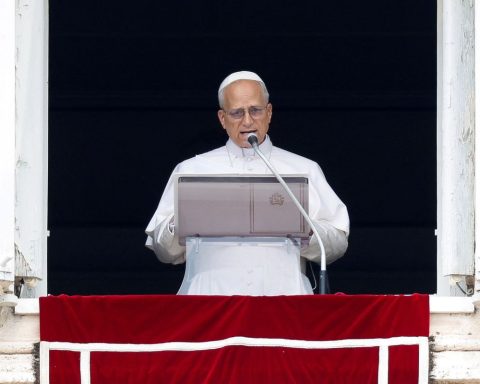Amid fears of a possible recession in the United States and uncertainties about the behavior of inflation in Brazil, the Monetary Policy Committee (Copom) of the Central Bank (BC) begins today (31), in Brasília, the first meeting of the year to define the basic interest rate, the Selic. Tomorrow (1st), at the end of the day, the Copom will announce its decision.
According to the most recent edition of the Focus bulletin, a weekly survey of market analysts, the Selic should be maintained at 13.75% per annum by fourth time in a row. Market analysts expect the rate to remain at this level until mid-2023.
In the minutes of the last meeting, Copom members indicated that they intended to maintain the Selic rate, but did not rule out the possibility of further readjustments, should inflation persist in the medium term. At the lowest level in history until March 2021, when it was at 2% per annum, the Selic was readjusted successively until it reached 13.75% per annum in August of last year. In September, October and December, the rate was maintained at this level.
After declines in recent months, inflation expectations have risen. The latest edition of the Focus bulletin raised the forecast of official inflation by the Extended National Consumer Price Index (IPCA) from 5.48% to 5.74% in 2023. A month ago, projections for the IPCA were at 5.31%.
Several factors have contributed to the increase in inflation expectations. IPCA-15, an index that works as a preview of official inflation, accelerated in January due to food prices and expenses that traditionally rise at the beginning of each year, such as health plans and personal care. Uncertainties regarding the current government’s economic projects have caused volatility in the financial market, affecting expectations for inflation and interest rates.
For 2023, the inflation target that must be pursued by the Central Bank, defined by the National Monetary Council, is 3.25%, with a tolerance interval of 1.5 percentage points up or down. That is, the lower limit is 1.75% and the upper limit is 4.75%. Market analysts consider that the ceiling of the target will be exceeded for the third consecutive year, unless the government raises the target, as has been suggested by the economic team.
On the external front, the Copom will analyze the pace of monetary tightening in the United States. A few hours before the Copom announcement, the Federal Reserve (Fed, US Central Bank) will announce whether it will raise interest rates in the world’s largest economy by 0.5 percentage points or 0.25 points. In recent weeks, the Monday possibility gained chances, after data showed the deceleration of the North American economy. A slowdown in interest rate hikes in the United States reduces the pressure on the Brazilian Central Bank.
monetary tightening
The main instrument for controlling inflation, the Selic is at its highest point since january 2017. From July 2015 to October 2016, the rate remained at 14.25% per annum. After that, the Copom reduced the basic interest rate of the economy again until the rate reached 6.5% per year, in March 2018.
In July 2019, the Selic rate was reduced again until reaching the lowest level in history in August 2020, at 2% per annum. It started to rise again in March 2021, until reaching 13.75% per annum in August 2022.
Selic Rate
The basic interest rate is used in the negotiation of public securities issued by the National Treasury in the Special System for Liquidation and Custody (Selic) and serves as a reference for other rates in the economy. It is the Central Bank’s main instrument for keeping inflation under control. The BC acts daily through open market operations – buying and selling federal government bonds – to keep the interest rate close to the value defined at the meeting.
When the Copom raises the basic interest rate, it intends to contain heated demand, causing effects on prices because higher interest rates make credit more expensive and stimulate savings. In this way, higher rates hold back economic activity. By reducing the Selic rate, the tendency is for credit to become cheaper, encouraging production and consumption, reducing inflation control and stimulating economic activity.
However, credit interest rates do not vary in the same proportion as the Selic, as the Selic is only part of the cost of credit. Banks also consider other factors when defining the interest charged to consumers, such as risk of default, profit and administrative expenses.
The Copom meets every 45 days. On the first day of the meeting, technical presentations are made on the evolution and perspectives of the Brazilian and world economies and the behavior of the financial market. On the second day, the members of the Copom, formed by the BC’s board, analyze the possibilities and define the Selic.















